Sequels or originals? What's better, and who agrees?
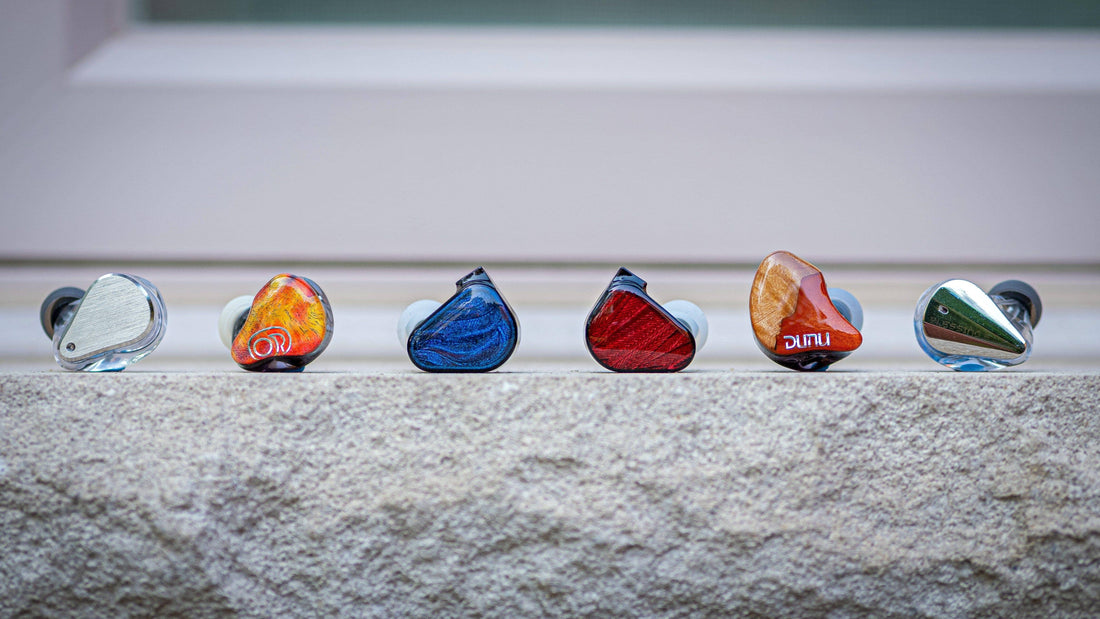
Introduction
Sequels and remakes are all the rage these days. The constant march of progress demands that the latest and greatest be continually set upon the masses. While we see it most prominently in Hollywood, this zeitgeist permeates every industry. The in-ear monitor (IEM) market is no exception. In the last two months, three exceptionally popular products received sequels:
|
Original |
Sequel |
These originals defined the market at debut. They had vision. Which begs the question: will their sequels capture their magic and improve upon their predecessors? Or will they be a forgotten revision as so many remakes tend to fall victim to? While I have my own thoughts in comparing these models, wouldn’t it be more fun for my friends to tell you about theirs?
My Friends
Let me introduce my test subjects:
Mr. Audiophile: A pureblooded audiophile that’s owned almost every notable IEM you can think of. This guy is deep in the hole and actually brought me more IEMs to try than I did for him. In fact, he’s in so deep he even briefly owned that $9,000 60th anniversary limited edition closed-back Audio Technica AT-W2022 headphones. He’d make for a great reviewer except for the lack of time. Musical preference: A wide range of genres including the typical audiophile fare of very high quality recordings.
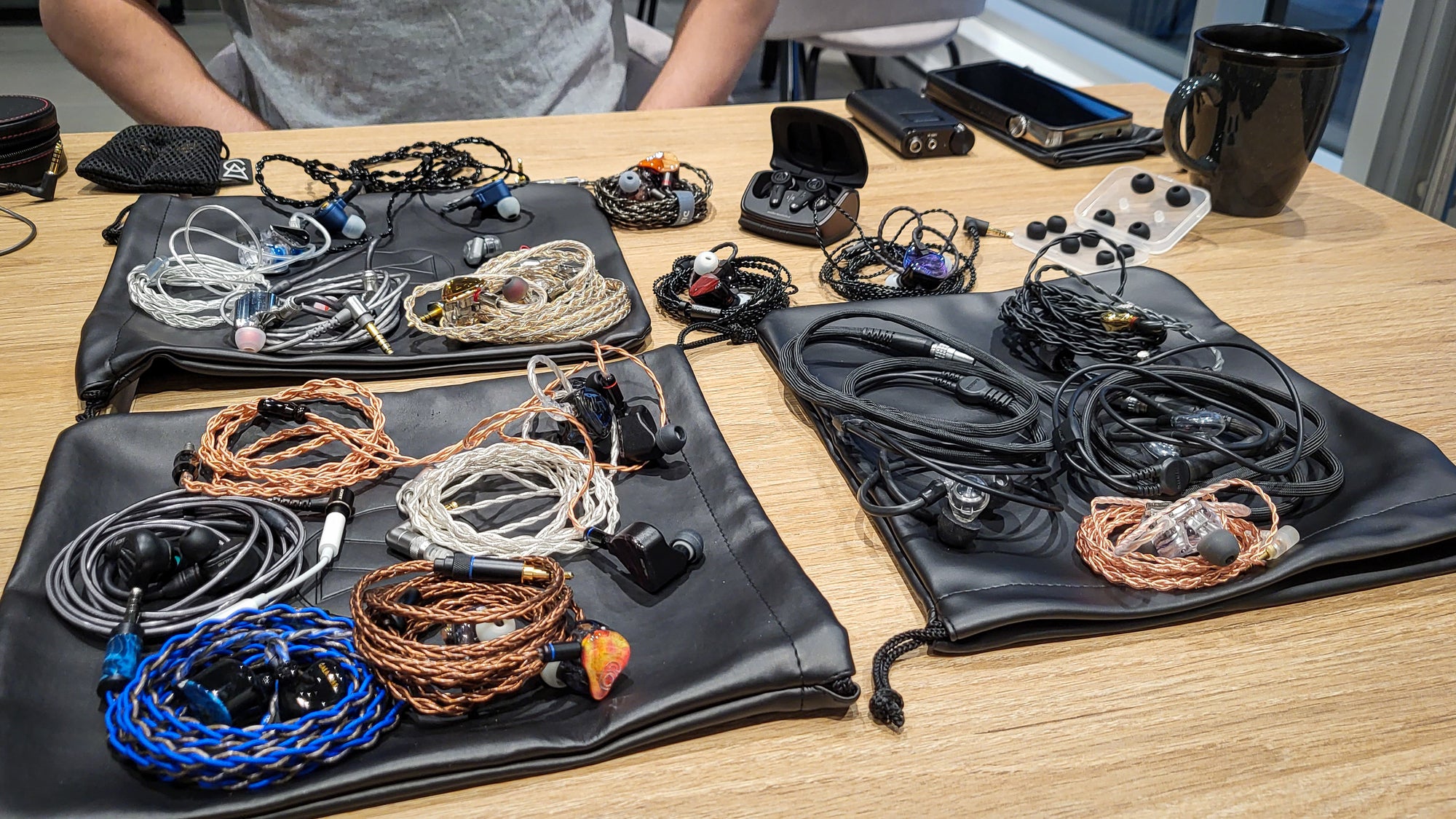
When hobbyists collide. A fun, chaotic, and spirited listening session with Mr. Audiophile. Can you name every item in the picture?
Mr. Enthusiast: A great representation of the average reader of this article. A college student who’s been in the hobby for a while and owns a few popular models within the mid-fi range. A strong, ongoing interest in trying new gear and following the hobby but is otherwise fairly happy with his current set-up. Musical preferences: Jazz, classic rock, and J-pop.
Ms. Normal: A total outsider to the audio scene with no interest in the hobby. To quote: “Even though some of the stuff you brought me sounded like being in a concert, I’ll just stick to my wireless earbuds”. A highly intelligent working professional with not a moment to spare for audiophilia. Musical preference: K-pop.
I met with each one of them individually and laid out the six IEMs in pairs without giving any information about them. I asked them to try each original and sequel pair back-to-back and to give me their thoughts. Of course, Mr. Audiophile and Mr. Enthusiast had a rough idea of what to expect from these IEMs given their popularity in the scene. Ms. Normal was clueless. Here are their thoughts, lightly edited for clarity.
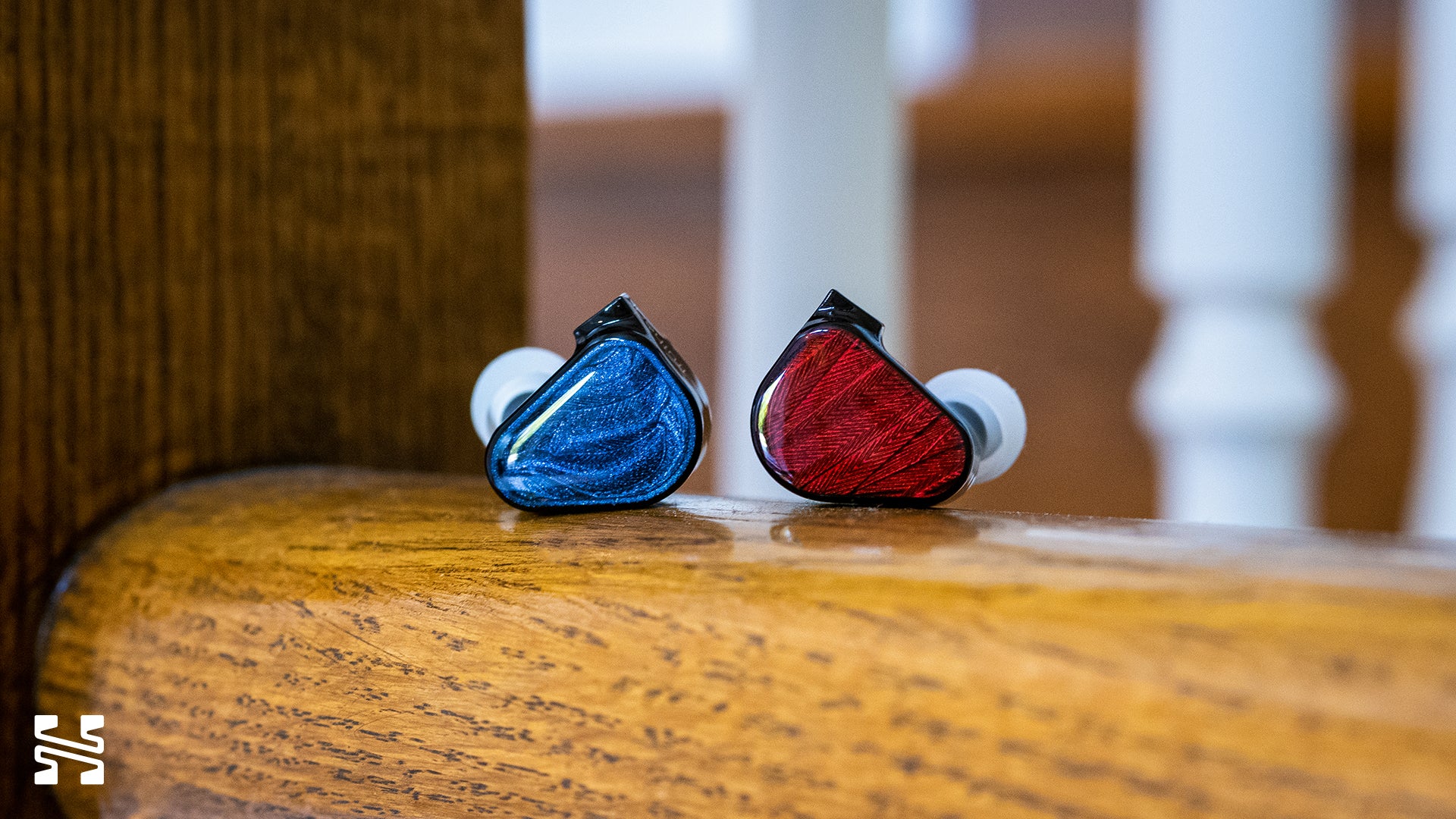
Truthear x Crinacle ZERO vs RED
Mr. Audiophile: I agree with the idea that the RED is an incredibly good IEM for $55. It certainly has above average technical performance, though not ground-breaking as some of the hype might have indicated. The RED’s tuning is peerless, albeit perhaps a little smoothed off in the upper treble/air region in terms of decay.
The ZERO is equally as impressive and has more WOW moments at the expense of being a bit too forward depending on recordings. While this makes the ZERO more exciting, it can be unforgiving for female vocals in the upper mids presence region. I do think that when matched with the right recordings, the ZERO can sound a little more “Hi-Fi” than the RED.
Overall, the RED is a tonality king. However, it does gloss over some detail vs the MoonDrop and DUNU offerings I tried. Its advantage over the more expensive sets is increased bass texture and macrodynamics along with a more believable tone.
Mr. Enthusiast: The ZERO provides a generous amount of well-done bass, which is not something you can easily find under $100. In contrast, the RED sounds a little more generic. It’s better tuned but it doesn’t stand out against the crowd. While the RED’s bass texture is slightly improved, the increased quantity of bass of the ZERO has more of an impact. Likewise, the forwardness of the upper mids of the ZERO makes it stand out even further and more easily captures my attention.
Ms. Normal: The red one makes me feel like I’m in a concert. The blue one feels flatter while the red has more depth. I definitely like the red one more. Author’s note: Ms. Normal was able to pick out that the ZERO and RED were the cheapest of all the options, though not by how much given that she didn’t know any prices. While she mainly attributes this to sound quality, she did note that build quality was a factor.
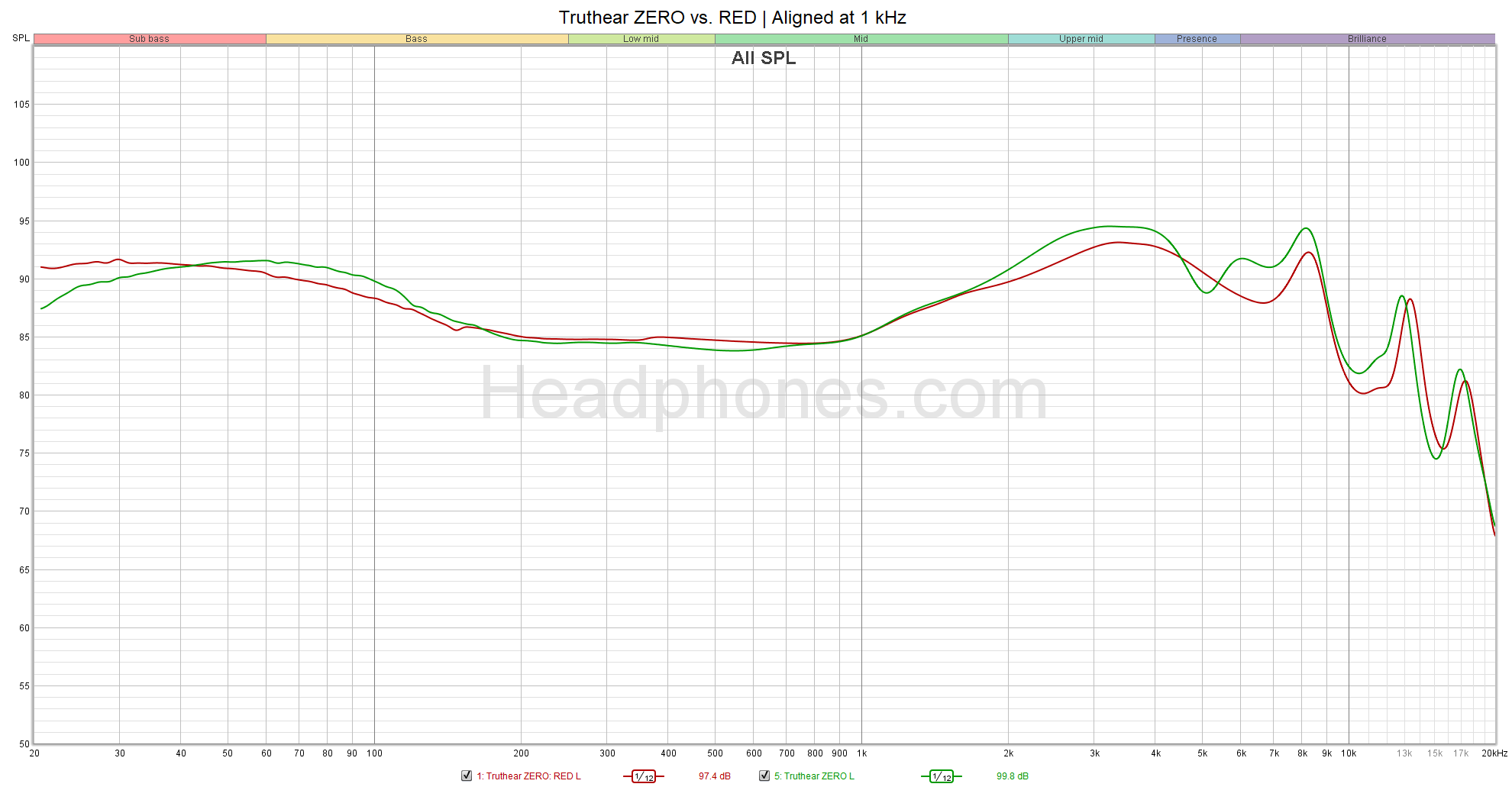
Commentary: This was the comparison I was most interested in, particularly from Ms. Normal. The market has become extremely competitive, to the point where $35 IEMs can beat out $2,000 IEMs for some folks, so I was curious to know if either the ZERO or RED would be a clear winner against the others given that they’re tuned specifically to popular target curves. But as it turns out, their comments are quite in-line with the general consensus of these Truthear IEMs - A pair of very good sounding IEMs but noticeably limited when compared to higher-end products.
What wasn’t a consensus was a preference for either the ZERO or RED. While I prefer the RED, my thoughts on these two IEMs reflect Mr. Audiophile and Mr. Enthusiast in the specific nuances between them. What surprised me was Ms. Normal’s comment about musical depth - this was something that no one else had picked up on. My interpretation of this is not about stage depth but rather the tonal differences between the ZERO and RED. The ZERO’s more V-shaped sound that emphasizes both bass and upper mids can create an in-your-face sort of sound that can feel flat. In comparison, the RED’s slightly more relaxed tuning pulls back the forwardness of the presentation.
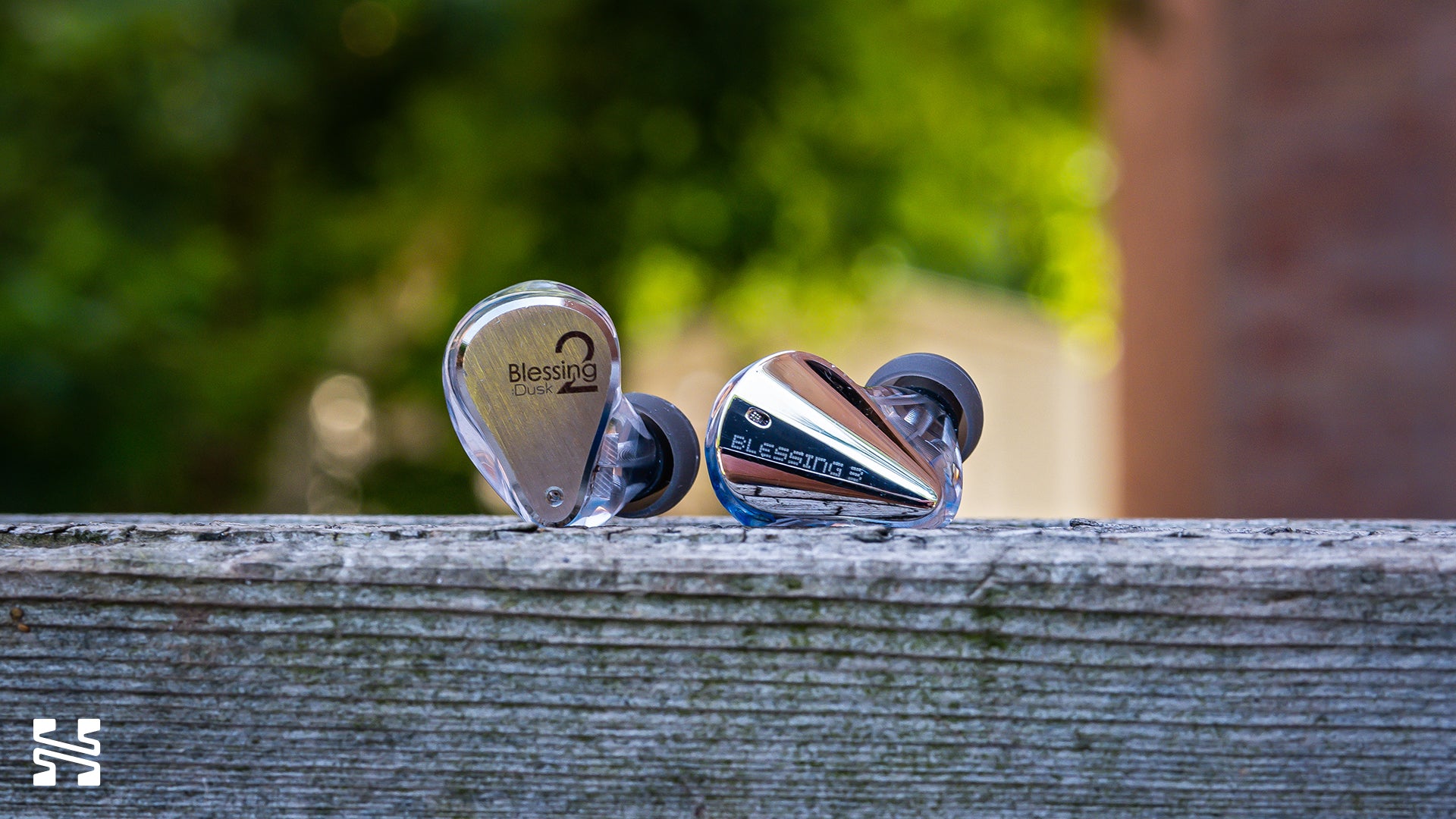
MoonDrop Blessing 2: Dusk vs Blessing 3
Mr. Audiophile: The Dusk is more tonally enjoyable but the Blessing 3 is more technically proficient. There’s a clear improvement in the bass to be punchier and the treble has proper extension now. While both have a bit of a plasticky character to their tonalities, the Dusk is more versatile, though perhaps a bit too polite at times. I didn’t find the tuning of the Blessing 3 to be too “much” - it’s still quite well tuned.
Mr. Enthusiast: The original Blessing 2 is one of my favorite IEMs and I owned it for quite a while. The Dusk is a nice upgrade to it. But the Blessing 3 is a whole step forward in terms of its technicalities and its bass. I was really impressed. While the tone isn’t quite as good as the Dusk, the improvements of the Blessing 3 solved my primary complaints with the original Blessing 2 which was the lackluster bass performance and treble extension. The bass of the Blessing 3 is much tighter than Dusk and the treble is quite a bit more forward, which is what I prefer coming from the planar Letshuoer S12 I currently have.
Ms. Normal: Of all the things you showed me, the Blessing 3 is the one I like the best by far. It just has more clarity than everything else. It’s clearer and crisper and better. The Dusk sounds similar to the RED but better. It sounds more expensive. Oh, and it looks better built too.
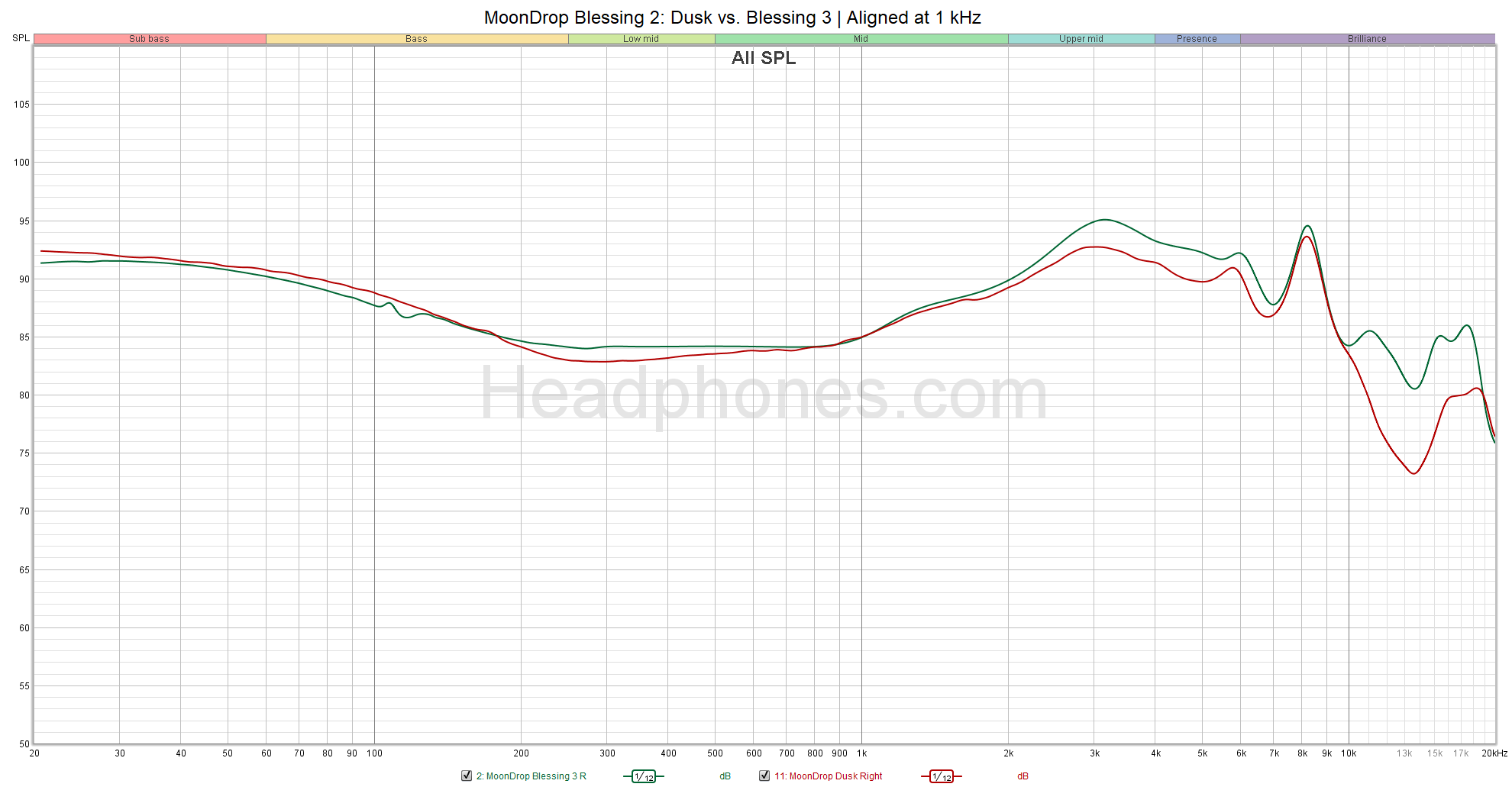
Commentary: I was quite confident that the Blessing 3’s technical improvements would be obvious to the listeners. What I wasn’t confident about was if it mattered if the tuning wasn’t as nearly pleasant as the Dusk’s. It seems that my initial confidence was well-founded. The Blessing 3 was a clear winner and the tonal differences weren't a concern. Ms. Normal’s comment about the Dusk and RED sounding similar was a little unexpected but not altogether surprising given that they both have a very similar tuning per Crinacle’s influence. I didn’t expect her to freely suggest that it sounded “more expensive,” however.

DUNU SA6 vs SA6 Mk2
Mr. Audiophile: I prefer SA6 over Mk2. I find both to be very well-voiced monitors, but emphasis on in-ear monitors. The Mk2 has a bit too much veil and softened edges vs the original, but imaging is more focused with better depth projection. SA6 is wider and flatter, but there’s more breath and expansiveness in the midrange thanks to greater clarity there.
Mr. Enthusiast: They ruined it! I loved the original SA6 and owned it for some time. It’s a soft, comforting listen. The SA6 Mk2 just does not carry out what was so great about its predecessor. I don’t even see the Mk2 as a successor to the original. It's a totally different IEM altogether. At least the technical performance is about on par with each other.
Ms. Normal: These two are weird. They feel very different from regular headphones. SA6 is like listening to a speaker, the sound feels far away. The Mk2 is extra weird. There’s like a lag between certain notes and the background music feels separated. It’s more similar to the SA6 but still different from all the others. The Mk2 is treble heavy and I would’ve liked more bass. Overall, I think these two are the most expensive because even though I don’t prefer their sound, they have a really unique sound. Also, they look the fanciest. I like the look.

Commentary: Personally, I enjoy the SA6 over the Mk2 as well. My thoughts echo Mr. Audiophile and Mr. Enthusiast’s comments. The key tonal difference between these two IEMs is in its upper mids balance - the SA6’s midrange structure is wonderfully done and is what gives it such an pleasing sound. The Mk2, while enjoyable in its own right, dampens that midrange sharpness considerably.
What I found the most interesting was Ms. Normal’s notes around these DUNU IEMs sounding different from everything else, particularly alluding to the idea of instrument layering and separation on the Mk2. I suspect that listening to the Truthear and MoonDrop IEMs first, with their significant upper mids presence, is what makes the milder DUNU IEMs sound so different in comparison. Similarly, Ms. Normal’s prior experience with other consumer earbuds that likely have overemphasized midranges has contributed to her perception of what “normal” headphone is. Perhaps for the first time, she was able to look past a dominant midrange and explore subtler facets in familiar tracks.
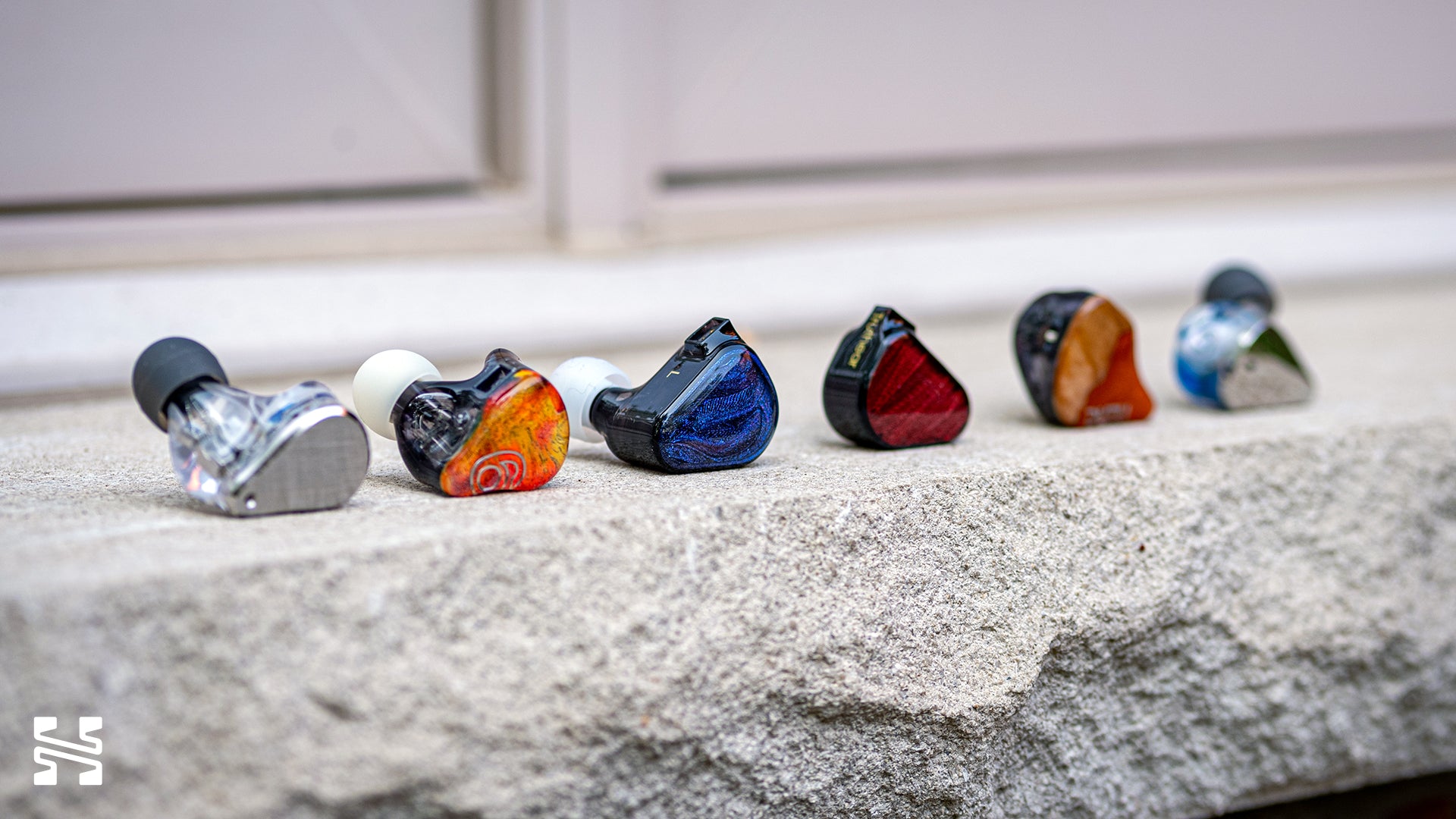
Closing Thoughts
One of the most enjoyable aspects of the audiophile hobby is meeting others and talking about their experiences. There’s an instant sense of camaraderie when you get into a passionate conversation about all the ways to enjoy music with an otherwise complete stranger. And what better way to capitalize on a business trip than to visit friends across the country and have a showdown between three highly acclaimed IEMs and the successors?
There was a shared sentiment for all six of these IEMs amongst those experienced in the hobby. Despite Ms. Normal’s total lack of familiarity with high quality audio gear, her thoughts were not all too dissimilar from my own. They just came under a different vocabulary. The ZERO re-imagined in the RED for the better, yet it speaks to the strength of the original as it edges out the RED in certain areas. The Blessing 3 confidently improves upon its predecessor’s technical performance but doesn’t quite fully capture the Dusk’s tonal prowess. The SA6 Mk2’s revisions strayed too far from the original’s vision and likely won’t appeal to the SA6’s fans. It seems that the art of creating sequels is a tricky one, particularly in a hobby as subjective as this one.
But let me now turn the question to you, dear reader: if you’ve tried or compared any of these IEMs, what was your experience like? Do you agree with me and my friends? Let me know in the comments below or join us over at the Headphones.com Discord server!
